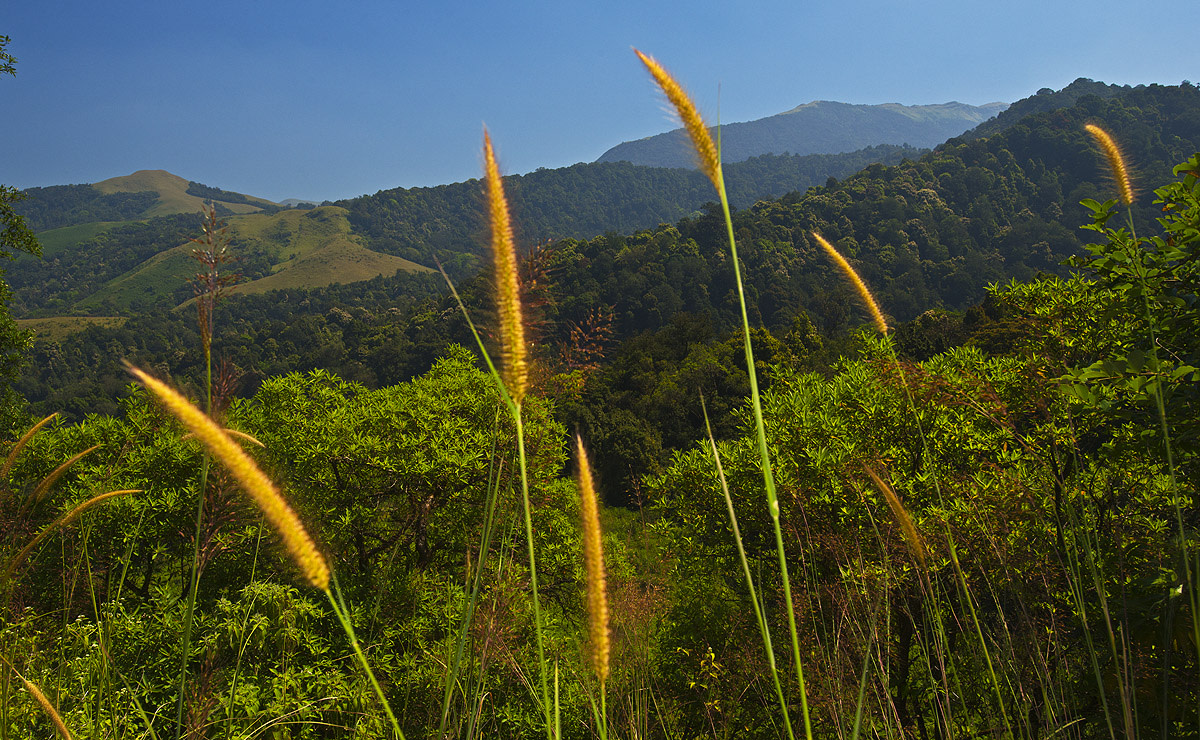 Listen to this article
•
15:34 min
Listen to this article
•
15:34 min
India’s geography is wonderfully versatile, with seven different kinds of ecosystems packed into one country. As a result, Peninsular or Southern India, where my home city Bengaluru is located giving me easy access, is a magically varied place.

The rolling hills on both sides of the Indian peninsula are what evergreen dreams are made of. The Western Ghats, one of the 10 hottest biodiversity hotspots in the world, is a continuous hill range that starts in Maharashtra and ends at the southern borders of Kerala and Tamil Nadu. Lush forests, a plethora of flora and fauna species, and the most magical monsoon scenes are all found here.
The Eastern Ghats are a discontinuous mountain range that starts in northern Odisha and houses the tropical dry evergreen forest on the eastern side of the Deccan Plateau. It is not as high as the Western Ghats and is an older mountain range. Even though it doesn’t get enough rain, it remains green throughout the year. Both Ghats meet at the Nilgiri Hills in Tamil Nadu.
The mineral home of the country, the Deccan Plateau is a mix of semi-arid and tropical climates. Grazing animals like the antelope and chinkara are seen in abundance here, among vegetation that mainly comprises short trees and shrubs. The Deccan traps are one of the largest volcanic provinces in the world with large deposits of dark soil called regur.
The Konkan Coast on the west and the Coromandel Coast on the east are the start of India’s marine life. The country’s marine territories also include Lakshadweep and the Andaman and Nicobar Islands. The seas around these are filled with coral bursting with marine life.






